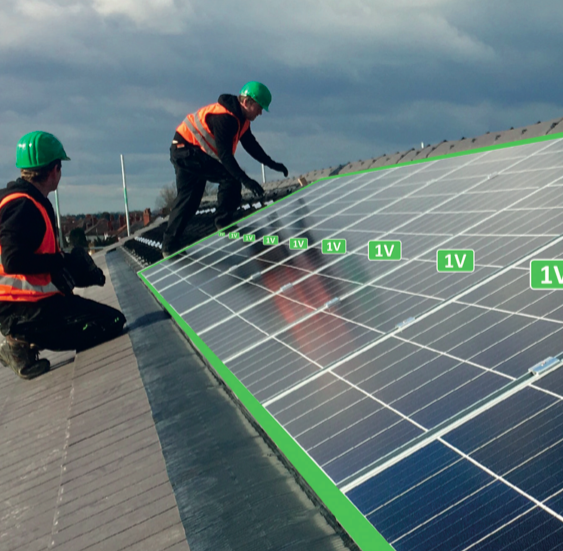Making solar safer for companies: the why, what and how
Improved economics, governmental incentives, and increased awareness of solar energy as a viable alternative to grid power are leading more companies to go solar. With the potential to benefit businesses large and small, smart energy solutions are cropping up on unused rooftops of shopping centres, manufacturing plants, airports, schools, and hospitals. Much of the attraction is economic, especially in an environment of rising electricity consumption and costs. Its investment typically realised in a period of around 5-10 years, returns on a solar energy system comes in the form of lower electricity bills as power is generated by the solar system while dependency on the grid is diminished.
There is also a strong altruistic motive in installing a solar power system. Lowering a company’s carbon footprint naturally benefits the environment, by cutting down on C02 emissions and helping to reduce the effects of climate change. Today a forward-looking corporate environmental program has become as essential as a balance sheet, with many Fortune 500 companies promoting their own ambitious zero carbon targets.
Accordingly, PV (Photovoltaic) systems are now viewed as long-term investments that need to be closely managed and monitored in order to maximise ROI and bottom line savings. As with any serious investment, stakeholders must ensure that the employees of those businesses, as well as the assets which they are financing, are safe and secure from physical harm.
Commercial buildings are high-value assets, and in the event of a fire, property loss and business interruptions can be costly. Another consideration is that some insurance companies extend coverage for buildings that include PV rooftop installations, should they provide adequate safety measures for these assets or for first responders.
To address these and other safety concerns, high-quality PV systems with enhanced safety features serve as an excellent solution.
Making solar safer for companies: the why, what and how
Improved economics, governmental incentives, and increased awareness of solar energy as a viable alternative to grid power are leading more companies to go solar. With the potential to benefit businesses large and small, smart energy solutions are cropping up on unused rooftops of shopping centres, manufacturing plants, airports, schools, and hospitals. Much of the attraction is economic, especially in an environment of rising electricity consumption and costs. Its investment typically realised in a period of around 5-10 years, returns on a solar energy system comes in the form of lower electricity bills as power is generated by the solar system while dependency on the grid is diminished.
There is also a strong altruistic motive in installing a solar power system. Lowering a company’s carbon footprint naturally benefits the environment, by cutting down on C02 emissions and helping to reduce the effects of climate change. Today a forward-looking corporate environmental program has become as essential as a balance sheet, with many Fortune 500 companies promoting their own ambitious zero carbon targets.
Accordingly, PV (Photovoltaic) systems are now viewed as long-term investments that need to be closely managed and monitored in order to maximise ROI and bottom line savings. As with any serious investment, stakeholders must ensure that the employees of those businesses, as well as the assets which they are financing, are safe and secure from physical harm.
Commercial buildings are high-value assets, and in the event of a fire, property loss and business interruptions can be costly. Another consideration is that some insurance companies extend coverage for buildings that include PV rooftop installations, should they provide adequate safety measures for these assets or for first responders.
To address these and other safety concerns, high-quality PV systems with enhanced safety features serve as an excellent solution.
To read the full content,
please download the PDF below.


























